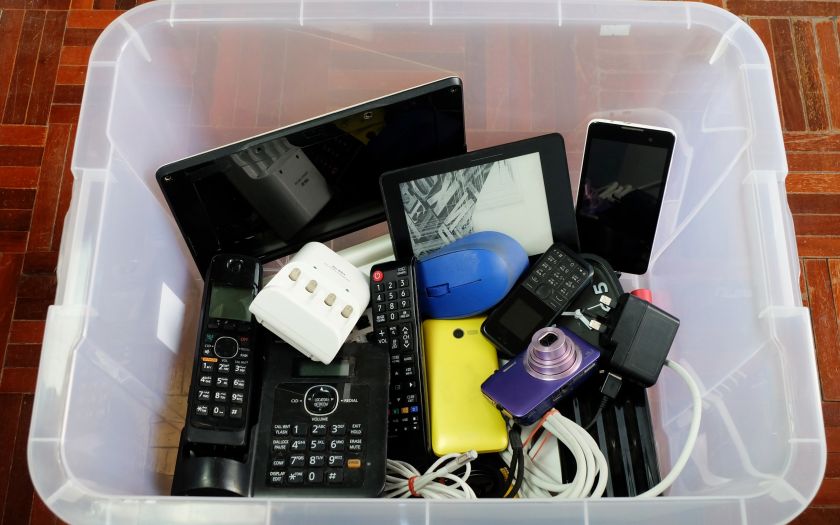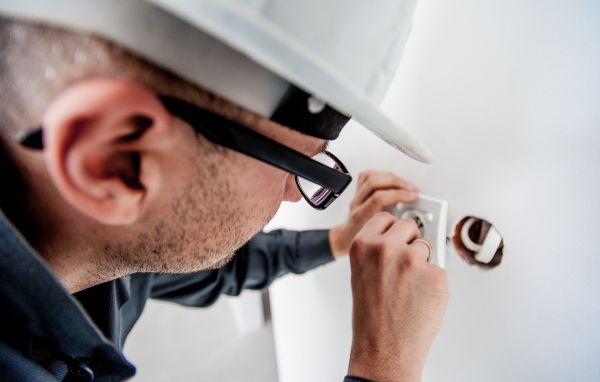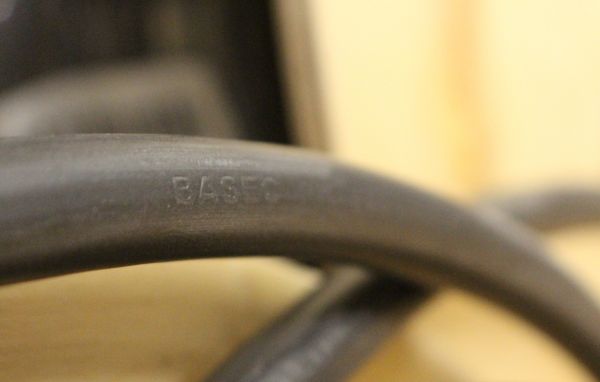How do the changes in WEEE Regulations affect the cables market?
Changes to WEEE Regulations
Early 2019 will see the implementation of new regulations for the handling of waste electrical and electronic equipment. The WEEE Regulations, in force for certain products since 2006, have been updated, revised and responsibilities extended.

What is WEEE Compliance?
Under the regulation, producers of WEEE products are obliged to participate in recovery and recycling schemes aimed at reducing the amount of end of life electrical and electronic equipment entering the waste stream. Producers must make declarations about the amount of product recovered from consumers, aiming at a mass balance. In some cases where products contain valuable materials or components, such as copper in cable, existing recycling systems can be very effective in minimising the amount of product that is landfilled.
Cross-Europe targets for the amount of WEEE to be recovered vary between 65% and 85% of product supplied into the market, which is substantial and challenging.
WEEE Category Changes
Prior to 15th August 2018, WEEE applied to products in 11 categories, but this has been simplified to six broader categories. Cable supplied for some uses may fall under the requirements, but the requirements will vary by country, and the responsibilities may shift depending on how it has been supplied.
Producer Compliance Scheme
Producers with compliance responsibilities must register with a scheme, which must collect and process WEEE at authorised treatment facilities. The evidence of this collection and processing is collected at the end of the year into a declaration made to regulators, which for the UK are the respective environment agencies in the UK nations. In the event of non-compliance, producers may be fined.
WEEE and Cable Compliance
Many cable manufacturers operate environmental management systems to ISO 14001, which can be certified by BASEC. While ISO 14001 is not required to manage WEE responsibilities, they do provide a structural framework within which aspects such as WEEE can be managed.
WEEE in Practice
In practice, electricians will not have direct responsibilities under the WEEE regulations and will still find a ready market for waste cable produced either during installation or replacement work. This is largely because of the value of the metals (copper, but also aluminium and steel) they contain. The changes in the latest regulations mean that a wider range of electrical equipment will need to be handled as WEEE.
Note: article amended 30 January 2019



